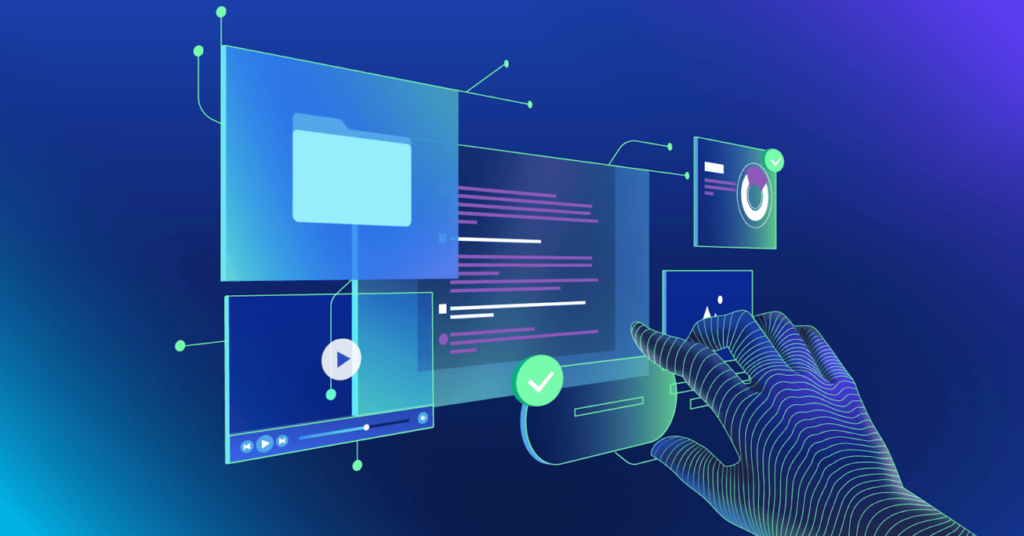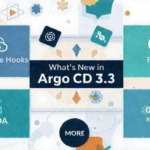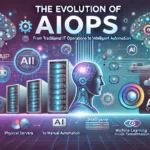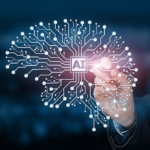
In an increasingly digital-first world, IT teams are under pressure to resolve user issues quickly, efficiently, and at scale. As organizations grow and diversify, so does the complexity of managing their IT support landscape. To meet these challenges, Artificial Intelligence (AI) is playing a transformative role in IT Service Management (ITSM)—especially through virtual assistants and chatbots.
These AI-powered tools are revolutionizing how IT support is delivered, moving from reactive help desks to proactive, intelligent service experiences.
What is AI in IT Service Management?
AI in ITSM refers to the integration of intelligent technologies—such as machine learning (ML), natural language processing (NLP), and predictive analytics—into service management practices. These technologies automate repetitive tasks, enhance decision-making, and improve the speed and quality of user support.
At the center of this innovation are virtual assistants and chatbots, which interact with users through text or voice to handle queries, resolve incidents, or trigger backend workflows—often without human intervention.
Why It Matters: Key Benefits of Virtual Assistants and Chatbots in ITSM
1. 24/7 Availability
Unlike human agents, chatbots don’t sleep. They offer round-the-clock support, ensuring that employees and users across different time zones always have access to assistance—even during weekends or holidays.
2. Faster Issue Resolution
AI bots can instantly respond to frequently asked questions and standard IT issues such as:
- “How do I connect to VPN?”
- “Reset my password”
- “Check the status of my ticket”
This reduces response time from hours or days to just seconds.
3. Scalable Support for Growing Businesses
As companies expand, hiring and training more support agents becomes costly. Chatbots scale effortlessly, handling thousands of simultaneous conversations without compromising on quality.
4. Operational Efficiency
AI assistants reduce the workload on human agents by managing Level 0 and Level 1 support. This means fewer tickets, less burnout for IT staff, and more time for solving complex problems.
5. Consistent and Accurate Responses
Chatbots don’t forget knowledge articles or give different answers. They pull directly from knowledge bases or integrations, providing standardized responses every time.
6. Enhanced User Experience
With intuitive, conversational interfaces, users feel like they’re chatting with a real assistant. Advanced bots even detect user sentiment and adjust their responses accordingly.
How It Works: A Behind-the-Scenes Look
Here’s how a typical AI-powered support flow works:
Step 1: User Interaction
A user reaches out via a portal, mobile app, Slack, MS Teams, or any messaging platform integrated with the ITSM system.
Step 2: Natural Language Understanding
Using NLP, the chatbot understands the intent behind the query. Whether typed as “Can’t log in to my account” or “Help! I’m locked out”, the bot knows it’s a login issue.
Step 3: Action Execution
Depending on the query, the bot can:
- Provide a solution from the knowledge base
- Trigger a script to reset passwords
- Generate and assign a ticket
- Notify stakeholders or escalate the issue
Step 4: Smart Escalation
If the bot can’t resolve the issue, it transfers the user to a human agent—with complete context of the conversation—ensuring a seamless handoff.
Step 5: Learning and Improvement
With every interaction, the AI learns from user feedback, identifies gaps in knowledge, and improves its responses for future conversations.
Real-World Use Cases
Many organizations are already seeing tangible benefits. Here are some popular applications:
- ✅ Automated Onboarding: New employees get access to systems, tools, and documentation via AI-guided conversations.
- ✅ Ticket Classification & Prioritization: AI sorts incoming tickets based on urgency and context, ensuring fast resolution.
- ✅ Knowledge Base Integration: Users can ask questions and get direct answers from documentation, without needing to search manually.
- ✅ Automated Approvals: Employees can request and track access changes or software approvals via chatbots.
- ✅ Outage Notifications: Virtual assistants notify users of system outages and provide updates, reducing duplicate tickets.
Industry Trends and the Future of AI in ITSM
The adoption of AI in ITSM is accelerating, and the technology is evolving fast. Here’s what the future holds:
✳️ Conversational AI Becomes Smarter
Chatbots will go beyond rule-based responses, using context-aware intelligence to understand complex queries and offer personalized solutions.
✳️ Predictive Analytics for Proactive Support
AI will analyze historical data to predict incidents before they occur, allowing IT teams to prevent problems rather than just fix them.
✳️ Voice-Enabled Support
With the rise of voice assistants like Alexa and Google Assistant, voice interfaces will soon become standard in ITSM tools.
✳️ Hyperautomation
Combining AI with Robotic Process Automation (RPA) will drive full end-to-end automation of service desk operations—from user request to fulfillment.
Final Thoughts
AI-powered virtual assistants and chatbots are transforming IT Service Management from a reactive, ticket-driven process to a proactive, intelligent, and user-centric experience. By leveraging AI, organizations can enhance customer support, reduce costs, and empower IT teams to focus on strategic tasks.
As digital transformation continues, integrating AI into ITSM isn’t just a tech trend—it’s a strategic move toward smarter, faster, and more scalable IT support.
Follow us for more Updates













